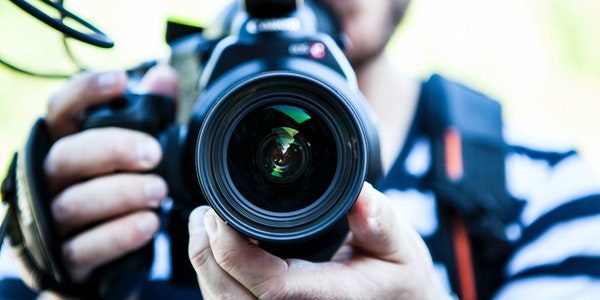Table of Contents
Misunderstanding 3: Professional Film is Better Than Amateur Film
Some photographers often have the illusion that the image quality of professional film must be better than that of amateur film. But I often find that the facts are not so obvious, and I blame the camera, lens, light meter, etc. that are not good enough, even myself, which seems a bit pitiful.
Professional film does have some advantages over amateur film, but it does not mean that amateur film must be worse. In fact, we just want to say that professional film is designed for professional photographers. The way to use it well is very simple, just learn how to be a professional photographer.
What is needed is not necessarily professional equipment, but skills, especially skills in handling film. You might as well try to buy some professional slides to try. You will find that there will be a display cabinet wherever it is displayed. Pay attention to the instructions on the film. In addition to the use limit, there is also a recommended storage temperature, which is generally about 12 or 3 degrees.
The advantage of professional film is that it is fresh enough. If you can follow the recommended environment during storage, the film will get the expected results. But the film is handled at will, once in shop A and then in shop B for drying, it is weird to guarantee that there is no different color performance every time.
Of course, there are many ways to deal with film, such as exposure factors, reciprocity, etc., or you can refer to the instructions in the manual. Amateur film is different. Apart from the expire date, there are no other instructions. Generally, it has a longer and more stable storage period and high tolerance, which seems to be more reliable to general users.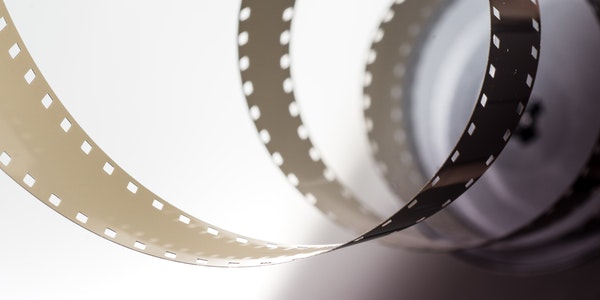
Misunderstanding 4: Flash Shooting Must Use X sync Shutter
Many photography books have also mentioned the X sync shutter, and even the term fastest flash sync shutter.
However, many friends who are beginners in photography misunderstand that a certain shutter speed must be used when shooting with a flash. In fact, the so-called flash sync shutter or the fastest flash sync shutter generally refers to the shutter that can be used for flash photography. The fastest means that the shutter speed above the shutter speed can not be used for flash synchronization, otherwise it will not be able to capture clear images of the whole film.
This problem exists in cameras with rear-lens shutters, and each camera has its own design, so the highest synchronized shutters are not all the same.
When using the flash, as long as it is under the highest synchronized shutter speed, you can take photos with flashing effects, but the slower the shutter, the longer the exposure time of the live light.
For example, when shooting indoors, if you shoot with the highest synchronized shutter flash, the background may not be sufficiently exposed, which makes the foreground of the subject white and bright, while the background is dark and dark. If you shoot with a slow shutter (even the so-called Slow Sync or night portrait mode in the camera) synchronized flash shooting, you can get a more lively picture.
In addition, when using a slower shutter, you can even choose front or rear curtain sync flash. You can adjust the flash when the shutter is opened, and you can flash before the shutter is closed, which can create special shooting effects.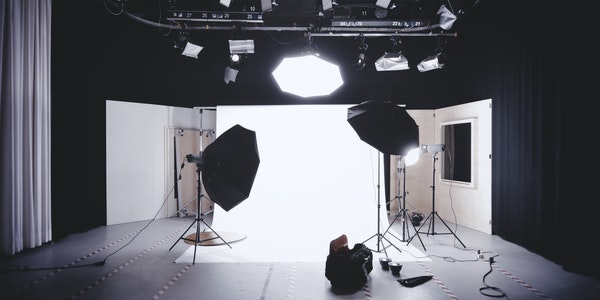
Misunderstanding 5: The Macro Lens Can Only be Used for Close-up Photography?
The macro lens is designed for shooting very close-ups, but some people say that it will have a quality degradation during normal shooting or it is superstitious that it can only be used for remakes or macro shooting purposes.
In fact, according to some optical tests, the resolution of the macro lens has excellent performance at most apertures when shooting at a ratio of 1:1 or 1:2 and 1:50. In the test at 1:49 or 1:50, the resolution is much higher than other non-macro lenses of the same focal length.
However, the biggest problem with macro lenses is that the focus design is designed for close-ups. Therefore, at a distance of tens of centimeters to infinity, you may only need to rotate the focus ring less than 45°, which may greatly reduce the accuracy. But today’s AF lenses are already very accurate, or can make up for this problem.
Therefore, using a macro lens to shoot scenes at normal distances, and even portraits, is absolutely no problem. The f/2.5 or f/2.8 aperture may not be used to the full, because the four corners often lose light, which is inevitable, but it can be solved by closing the aperture. On the contrary, when shooting macro, a thin aperture is likely to cause diffraction, so f/8 to f/11 will be more suitable.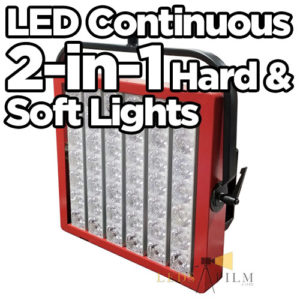
Misunderstanding 6: The Incident Light Meter is More Accurate than the Reflective Light Meter
This statement is not comprehensive enough. Objectively speaking, both are equally accurate, but for people who only use a single metering method, it is understandable to believe that one is more reliable, because both have their own operation methods and measurement methods.
But for the reflective light meter, it is slightly more troublesome than the incident light meter, because the 18% gray scale limit is often considered. The incident type can directly measure the luminosity cast on the subject, and directly obtain the aperture value.
However, the built-in light meters on our cameras are all reflective light meters. The advantage is that it is more convenient because you don’t need to walk in front of the subject to measure, and most of them are TTL (Throagh the lens).
Exposure factors such as loss of light of the lens and filters are also directly included, which reduces the occurrence of errors and is easier and more reliable than the incident type. But the color of the subject and background (such as black or white) will cause measurement errors. The only way is to make exposure compensation. It’s not that difficult to get the right exposure as long as you practice more.
The incident type itself has advantages over the reflective type, but it is more troublesome to use. If you don’t mind bringing an extra light meter, that’s fine. But remember to take into account factors such as filters in front of the lens. Also, for example, Nikon F5 has been equipped with a 3D RGB reflective light meter, which means that reflective metering can still jump out of the cabinet frame. As long as the 18% gray scale limit is resolved, there is no need to doubt its accuracy.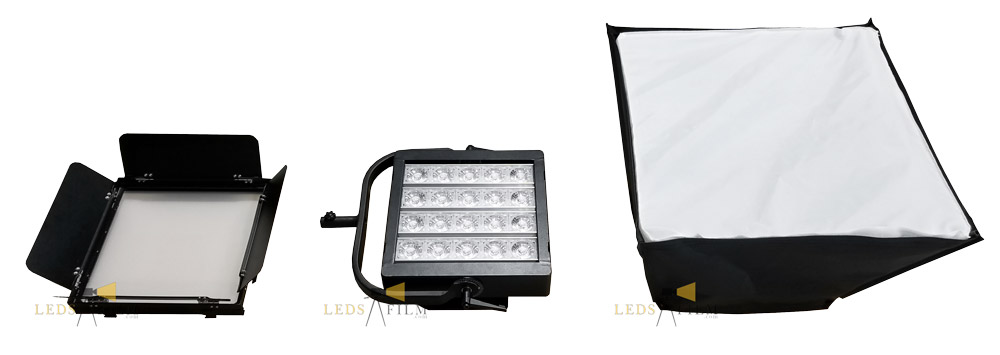
Misunderstanding 7: The Most Reliable Seal Against Moisture
When it comes to the rainy season, the photographers feel the most sad, because the beloved equipment is reimbursed at any time due to the damp. Some people go crazy buying all kinds of moisture-proof products, such as moisture absorbers, dehumidifiers and so on. Once it rains, I would rather hide the camera lens and become a humidity allergic. In this way, the entire summer may not even be able to shoot a tube of film, which is very sad.
To be honest, the weather here in NY has very few days when the RH is lower than 60%, not to mention the rainy season. However, closing all equipment may not be completely moisture-proof.
Many people will have experience, and the old lens in the sealed box will also have mold for some reason. In fact, to prevent the lens from getting moldy, it is not humidity, but bacteria.
To stop the lens from getting moldy, the first thing is to understand why it gets moldy. Moisture and darkness are the favorites of mold, but the bacteria are scattered in the air and it is impossible to prevent them. If there is mold in a sealed moisture-proof box, if moisture-proof beads are added (silica gel is usually used), it can have a certain dehumidification effect (but not permanent, and the effect will be lost when saturated).
There are some moisture-proof devices on the market that can suck water into the box. Although the water absorption effect is good and obvious, I suggest that you be careful and check whether it is full or leaking. It is also necessary to avoid placing it in an excessively high temperature place, because the water may also be evaporated.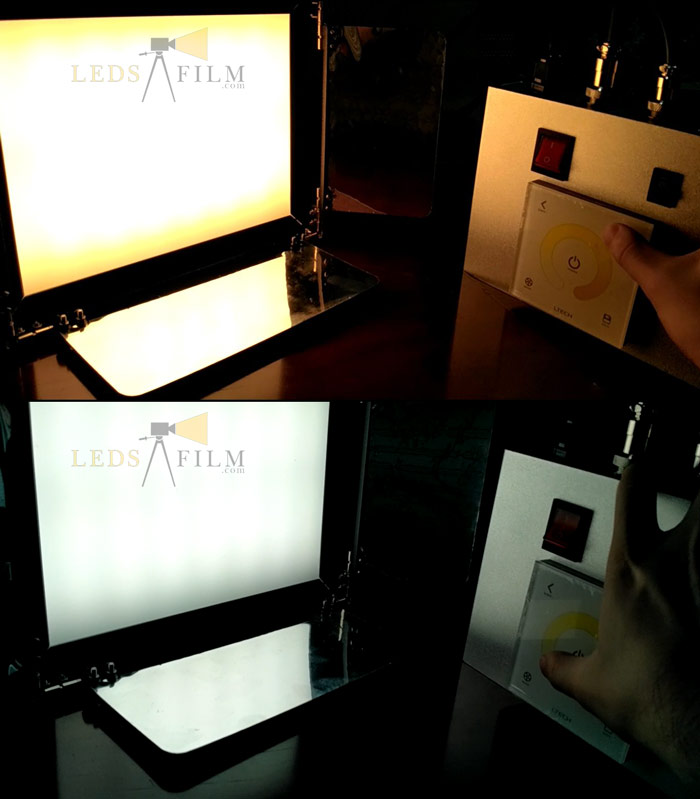
Therefore, many people would rather have time to take out the lens to play or use, seeing the light can greatly reduce the chance of mold. Generally, if it is placed in an open air-conditioned room, as long as the air is ventilated and the humidity is low, the chance of the lens getting moldy is very low.
If you really want to hide the equipment for a long time, it is best to put an appropriate amount of moisture-proof material in an environment with low humidity. Store it in a sealed box, and remember to clean the lens to prevent bacteria from growing. It is said that some electronic moisture-proof devices also have a certain effect, but the price is very expensive.
Misunderstanding 8: Always Wipe the Lens
There are many instruments for cleaning lenses and even wiping lotions on the market. Should the lens always need to be wiped? Generally, photographers love their equipment, and they are panicked when they see a dust on the lens, and are eager to buy something to clean the lens.
Some people use an air pump to sweep away or blow away the dust particles, or even wipe with lens paper and liquid medicine, but this is not good. Unless the stains on the mirror surface are difficult to clean, such as finger molds, do not wipe the surface of the lens rashly, as this may distort the mirror surface and may cause part of the coating film to peel off. But today’s coating film is quite stable, but this is always too dangerous.
It is recommended to add a UV or IB skylight filter to the lens for protection.
If you really need it, be careful when buying lens paper or lens cleaner, and avoid using alcohol-based cleaners, as this will damage the lens. Do not drop the cleaner on the lens surface when using it. If it flows into the lens or the edge of the lens, it will also damage the lens.
Therefore, the best way is to avoid contaminating the mirrors at both ends as much as possible. If there is dust, use an air pump to blow it away lightly. If it is stained with finger molds or oil stains, use high-density cloth or polished leather to wipe it off. If there is mold inside or condensation (such as entering and leaving air-conditioned places), it is best to return it to the original maintenance center for treatment.
